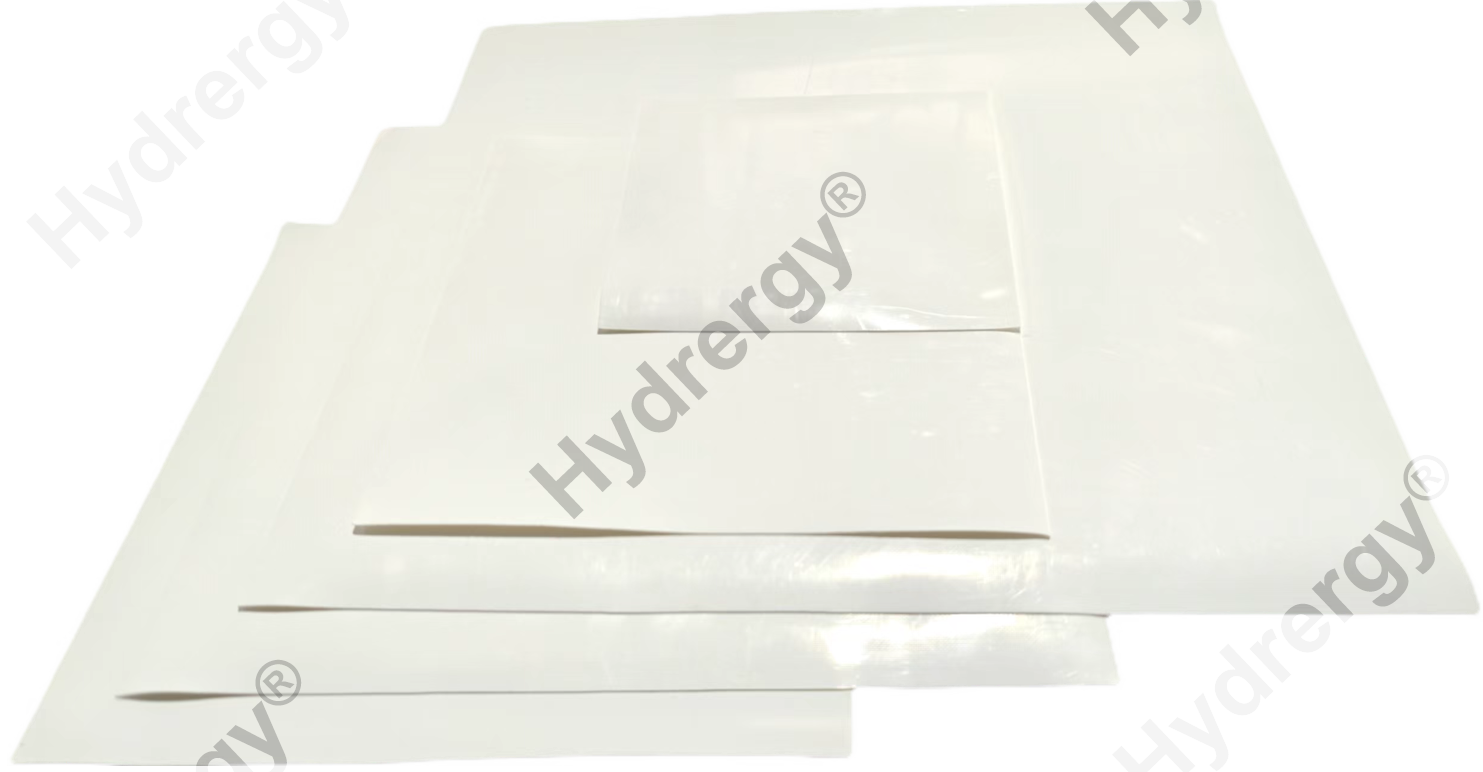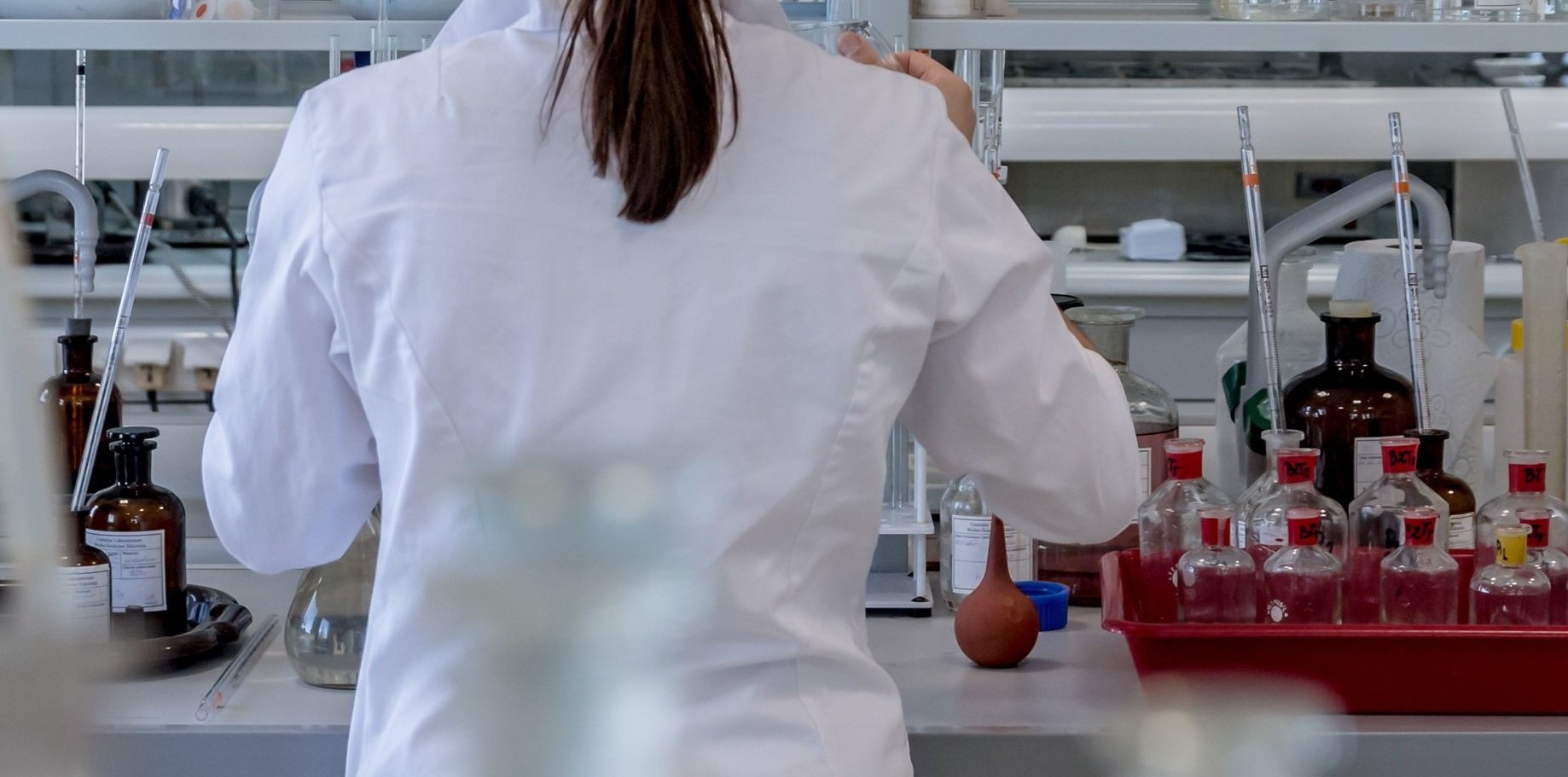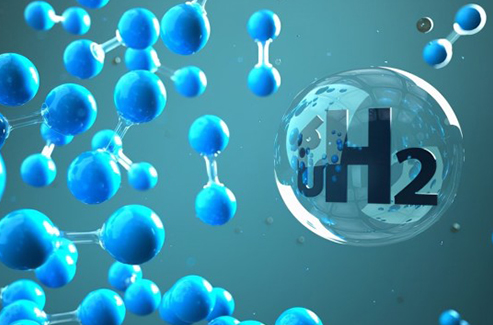 简体中文
简体中文
Natural Circulation vs. Forced Circulation in Alkaline Water Electrolysis Hydrogen Production Systems
In alkaline water electrolysis (AWE) hydrogen production systems, the methods of electrolyte circulation—natural circulation and forced circulation—are fundamental to optimizing performance, efficiency, and cost-effectiveness. These two circulation methods differ in their driving mechanisms and system design characteristics. This document outlines the principles, features, and applications of natural and forced circulation in the context of AWE electrolyzers, particularly for manufacturers, system designers, and researchers in the field of hydrogen production via water electrolysis.
I. Natural Circulation
Principle
Natural circulation in AWE hydrogen production systems leverages density differences within the electrolyte inside the electrolyzer. These density variations, caused by temperature gradients or the evolution of gases (H₂ and O₂), create spontaneous convective motion. During electrolysis, the release of heat from reactions and gas generation causes local density changes in the cathode and anode regions, driving the electrolyte flow from higher-density areas (cooler or less gas-saturated) to lower-density areas (warmer or more gas-saturated), thus forming a natural circulation.
System Characteristics
1、No external pump required: The electrolyte flow is driven by the physical properties of the electrolyte itself, minimizing energy consumption and simplifying system design.2、Reduced equipment costs: Without the need for pumps, piping, and complex components, natural circulation systems are cost-effective, making them ideal for small-scale, distributed hydrogen production systems.
3、Lower mass transfer efficiency: Circulation speed is affected by temperature, gas evolution rates, and the size of the electrolyzer. In large-scale AWE systems, local overheating or concentration imbalances may compromise mass transfer efficiency.
Applications
1、Small-scale alkaline water electrolysis systems: Ideal for intermittent production or pilot-scale research applications, including laboratory setups and small distributed hydrogen production systems.2、Research and development: Suitable for research institutions and universities exploring the fundamentals of electrolysis, hydrogen generation, and electrolyzer design.
II. Forced Circulation
Principle
Forced circulation in AWE hydrogen production systems uses an external pump to actively drive electrolyte flow between the electrolyzer and auxiliary systems such as gas-liquid separators, coolers, and filters. The pump pressurizes the electrolyte, enabling it to flow through the electrolyzer, separator, cooler, and other components, thus ensuring efficient heat transfer and gas separation.
System Characteristics
1、Controlled flow rate: The use of a pump allows precise control of electrolyte flow, ensuring uniform temperature distribution and improved electrochemical reaction efficiency within the electrolyzer.
2、Complex system design: Forced circulation systems require the integration of pumps, coolers, filters, and other equipment, increasing system complexity and capital expenditure.
3、Higher energy consumption: While the pump-driven system consumes more electrical energy, optimized cooling and pump power management can mitigate this cost.
Applications
1、Large-scale alkaline water electrolysis systems: Ideal for industrial-scale hydrogen production plants that require high-output, continuous operation, and consistent performance.
2、High-temperature, high-current density applications: Forced circulation is essential for high-demand systems, such as those used in proton exchange membrane (PEM) electrolyzers or other high-efficiency electrolyzers that require rapid heat dissipation and high mass transfer under high current densities.
III. Hydrergy® ZSM Composite Membrane for Alkaline Electrolyzers
For alkaline water electrolyzer manufacturers and system integrators seeking to enhance performance and efficiency, Hydrergy® ZSM offers an advanced solution. The Hydrergy ZSM membrane, a zirconia sulfone membrane, is specifically designed for alkaline electrolysis of water. This composite membrane is highly suitable for large-scale alkaline water electrolysis stacks with capacities of 1000 Nm³/h and above, making it an ideal choice for industrial applications requiring high throughput and performance. Hydrergy® ZSM ensures optimal efficiency in both the alkaline electrolysis process and membrane longevity, enabling electrolyzer manufacturers to deliver more reliable, efficient, and cost-effective systems.
IV. Comparison
| Feature | Natural Circulation | Forced Circulation |
|---|---|---|
| Driving Method | Density/Temperature Difference | External Pump Drive |
| Energy Consumption | Low | High |
| System Complexity | Simple | Complex |
| Applicable Scale | Small, Intermittent | Large, Continuous |
| Control Precision | Low | High |
| Maintenance Cost | Low | High |
V. Conclusion
The choice between natural circulation and forced circulation in alkaline water electrolysis systems depends on several factors, including hydrogen production scale, cost considerations, and operational stability. For small-scale systems or intermittent production, such as in research laboratories or distributed hydrogen generation units, natural circulation offers simplicity and cost-effectiveness. In contrast, large-scale industrial hydrogen production systems—especially those using advanced electrolyzers—benefit from the precision and enhanced efficiency of forced circulation. As the field of water electrolysis continues to evolve, manufacturers and research institutions may find that hybrid systems or further advancements in circulation technologies offer more flexible, optimized solutions.
By understanding the differences between these two circulation methods, electrolyzer manufacturers, system integrators, and research institutions can make informed decisions to optimize the design and performance of their hydrogen production systems. And for those seeking to enhance the performance of their AWE systems, Hydrergy® ZSM offers a state-of-the-art composite membrane solution, enabling better efficiency and longevity in large-scale applications.
 Why Must Be Composite Membrane for Alkaline Water Electroyze
Why Must Be Composite Membrane for Alkaline Water Electroyze
 Composite Membranes for Alkaline Water Electrolysis
Composite Membranes for Alkaline Water Electrolysis
 Natural Circulation vs. Forced Circulation in Alkaline Water
Natural Circulation vs. Forced Circulation in Alkaline Water
